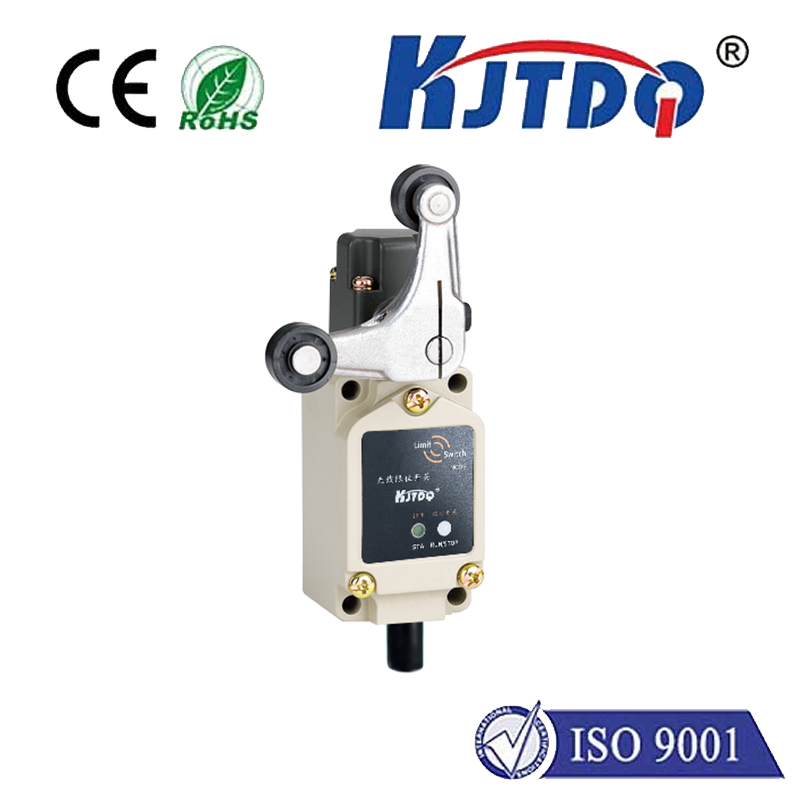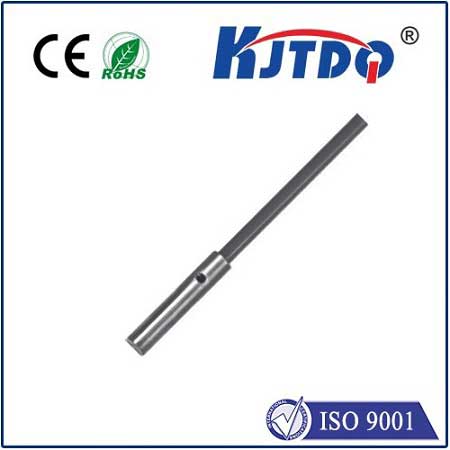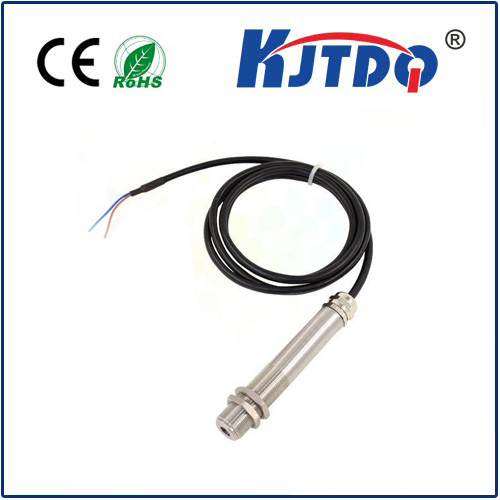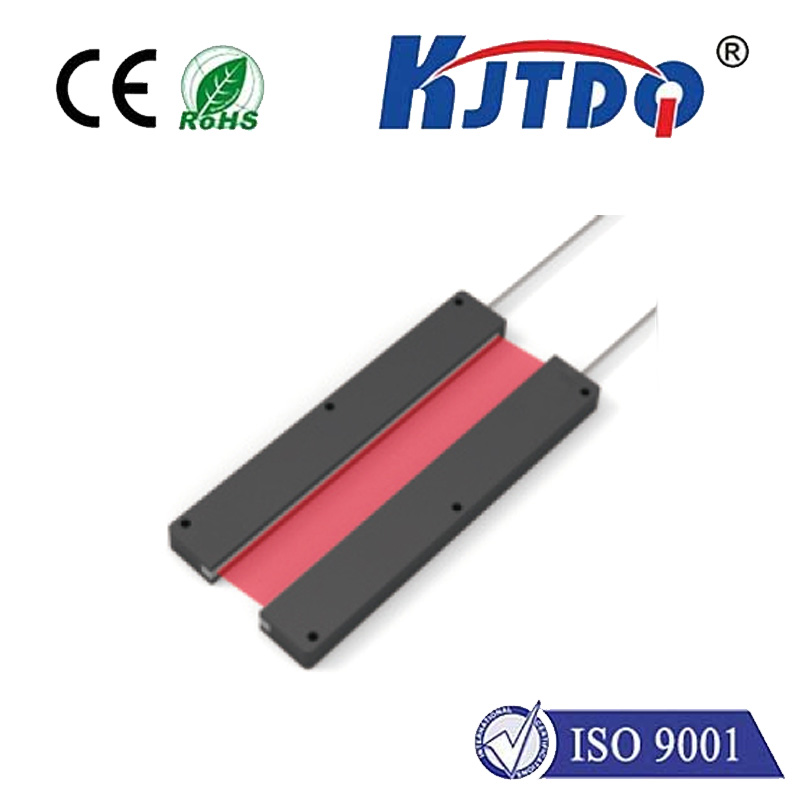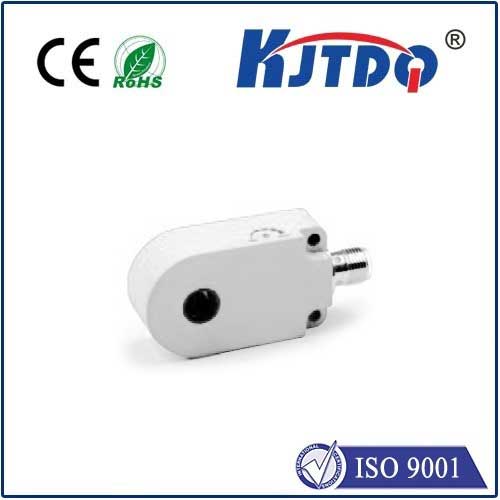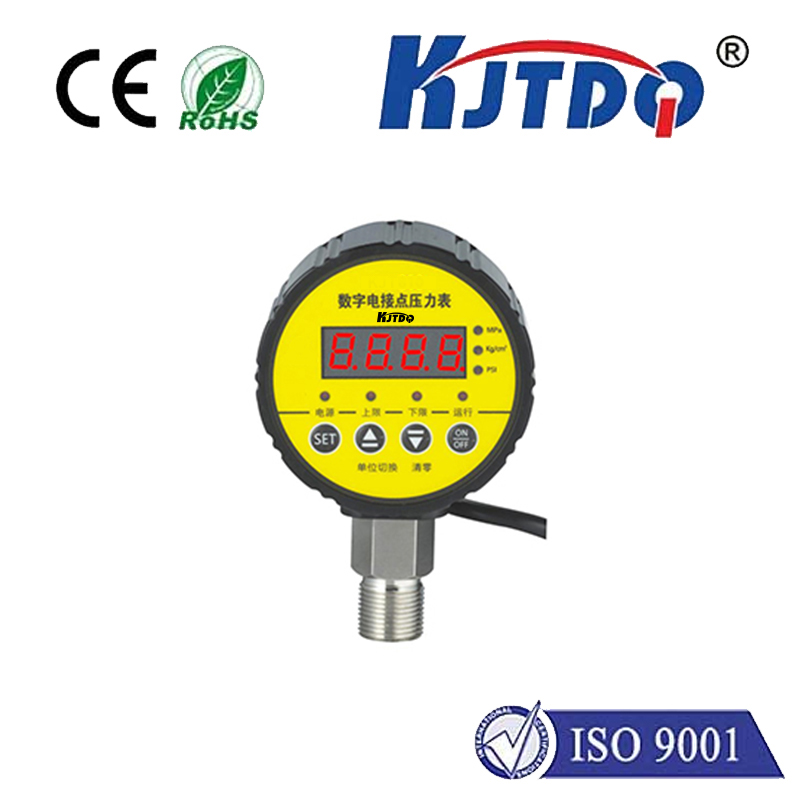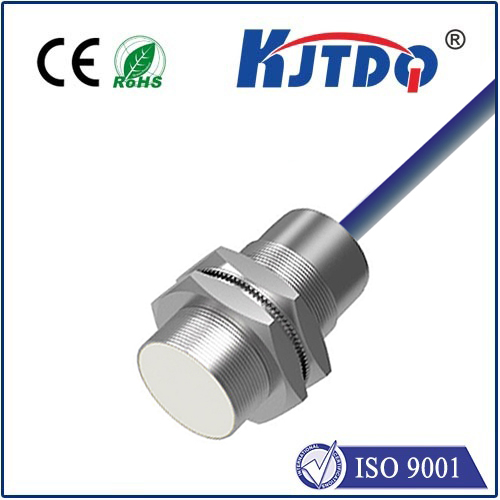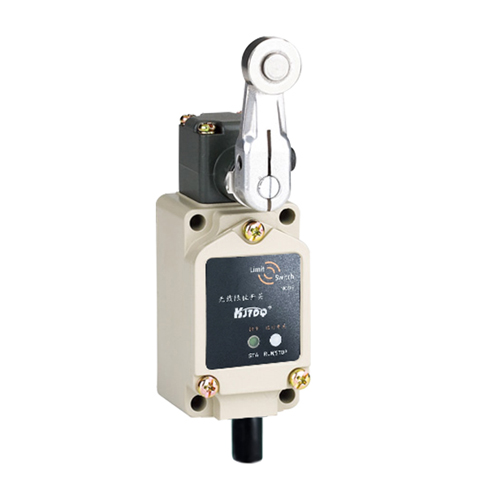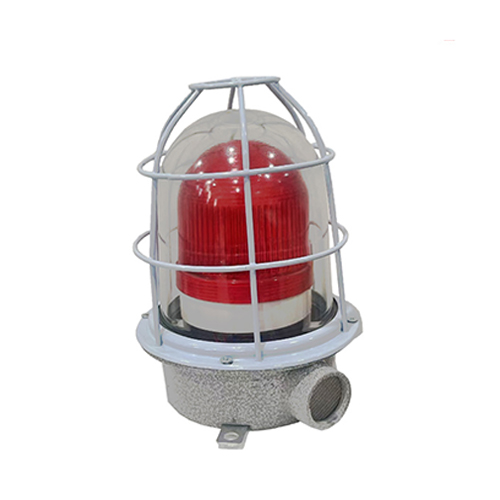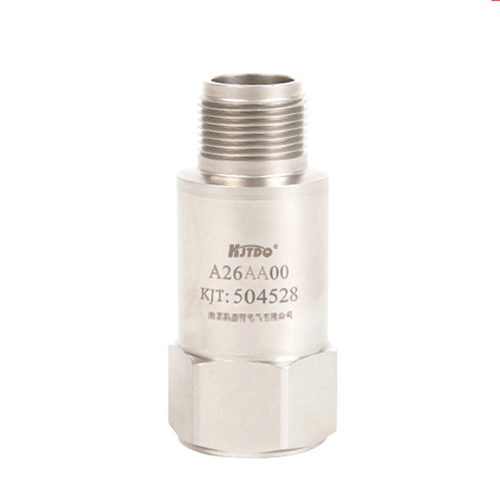ip65 limit switch
- time:2025-08-04 13:15:13
- Click:0
IP65 Limit Switches: Defining Reliability in Harsh Industrial Environments
Imagine a critical production line grinding to a halt. Not due to a mechanical failure or a power outage, but because a simple sensor succumbed to dust infiltration or a splash of water. In demanding industrial settings where uptime is paramount and environmental challenges are constant, ordinary components simply won’t cut it. This is precisely where the IP65 limit switch steps into the spotlight, engineered to perform flawlessly where others falter. These ruggedized devices are the unsung heroes ensuring machinery operates safely, positions are detected accurately, and processes continue uninterrupted, even amidst the toughest conditions.
Understanding the Shield: What IP65 Certification Truly Means
The “IP” in IP65 stands for Ingress Protection, an internationally recognized standard (IEC 60529) that defines the level of sealing effectiveness an enclosure provides against solid objects (like dust) and liquids (like water). The two digits that follow specify the degree of protection:
- First Digit (6): Solid Particle Protection. A rating of “6” signifies complete protection against dust ingress. It’s dust-tight. Fine particulate matter, common in manufacturing plants, woodshops, mining, and agricultural settings, cannot penetrate the sealed housing. This prevents internal contamination that could lead to contact corrosion, electrical shorts, or mechanical jamming.
- Second Digit (5): Liquid Ingress Protection. A rating of “5” indicates protection against water projected from a nozzle (6.3mm) from any direction. Essentially, the IP65 limit switch is protected against low-pressure water jets. This makes it resistant to rain, splashing water from cleaning processes (washdowns), and incidental spills – scenarios frequently encountered in food & beverage processing, outdoor machinery, and material handling.
Where Ordinary Sensors Fail: The Critical Need for IP65 Protection

Standard limit switches or basic position sensors might function perfectly well in clean, climate-controlled environments. However, place them in the real world of industry, and their vulnerabilities become glaringly apparent:
- Dust and Particulate Havoc: Accumulating dust can insulate contacts, cause abrasion on moving parts, clog actuator mechanisms, and lead to premature failure.
- Moisture and Corrosion: Even minor exposure to humidity, condensation, splashes, or spillage can cause corrosion on electrical contacts and internal components, leading to erratic signals, contact welding, or complete malfunction.
- Chemical Exposure: In some environments, cleaning agents, oils, coolants, or mild chemicals are present. An IP65 enclosure provides a significant barrier against these potentially corrosive substances.
- Physical Impact and Vibration: Industrial settings often involve significant vibration and the potential for accidental knocks. While IP rating primarily focuses on ingress, ruggedized limit switches with IP65 typically feature robust housings designed to withstand these physical stresses too.
The Hallmarks of a Robust IP65 Limit Switch
The resilience of an IP65 rated limit switch comes from deliberate design choices:
- Sealed Housing Construction: Utilizing durable materials like high-grade engineering plastics, zinc die-cast, or corrosion-resistant stainless steel limit switches. The housing incorporates precisely engineered seals (O-rings, gaskets) at critical junctions like the conduit entry point, actuator shaft, and cover interface.
- Protected Actuator Mechanism: The actuator arm or roller lever is designed to minimize points where contaminants could enter, often featuring seals around the pivot point. Materials are chosen for wear resistance and smooth operation despite exposure.
- Reliable Internal Switching: High-quality, often hermetically sealed or specially protected contacts (like gold-plated or silver alloy) ensure consistent electrical performance, resisting corrosion from any minute moisture ingress and handling frequent switching cycles.
- Robust Terminations: Connection points (screw terminals, connector options) are designed to be secure and protected within the sealed enclosure, preventing water or dust from compromising the electrical connection.
The Tangible Benefits: Why Choose an IP65 Limit Switch?
Investing in IP65 protected switches delivers significant operational advantages:
- Maximized Uptime and Reduced Downtime: By preventing failures caused by dust and water, these switches drastically reduce unplanned stoppages, keeping production lines running smoothly and predictably. This directly translates to higher productivity and profitability.
- Extended Service Life and Lower TCO: The sealed construction significantly slows down wear and tear caused by environmental factors. Rugged limit switches last much longer in harsh conditions than standard models, reducing the frequency of replacements and lowering the total cost of ownership.
- Enhanced Safety and Reliability: Consistent, accurate position detection is crucial for safe machine operation (e.g., guarding, end-of-travel limits). IP65 switches provide this reliability even in dirty or wet conditions, minimizing the risk of malfunctions that could lead to safety hazards or product damage.
- Improved Process Consistency: Reliable position feedback ensures machines and processes operate as programmed, maintaining quality standards by preventing errors caused by sensor failure.
- Greater Application Flexibility: The dustproof and water-resistant nature of IP65 switches expands their usability far beyond clean rooms. They become viable solutions in areas previously considered too demanding for standard sensors.
Diverse Applications: Where IP65 Limit Switches Excel
The robustness of the industrial IP65 switch makes it indispensable across numerous sectors:
- Material Handling & Packaging: Conveyor systems, palletizers, stackers/cranes (exposed to dust and weather if outdoors or near docks), filling machines (potential for spills).
- Food & Beverage Processing: Requiring frequent high-pressure washdowns with water and cleaning chemicals. IP65 limit switches are essential on processing lines, bottling machines, and packaging equipment.
- Agricultural Machinery: Combines, planters, tractors, and processing equipment facing extreme dust, mud, rain, and vibration.
- Construction & Heavy Equipment: Excavators, cranes, bulldozers operating in dusty, wet, and muddy environments.
- Waste & Recycling: Sorting lines, compactors, and shredders encountering high levels of dust, debris, moisture, and potential impacts.
- Outdoor Machinery: Gates, barriers, solar trackers, ventilation systems exposed directly to the elements.
- General Manufacturing: Machine tools (coolant mist), foundries (heat/dust), woodworking (sawdust), textiles (lint), and anywhere processes generate particulates or involve liquids.
Choosing the Right One: Beyond the IP Rating
While the IP65 certification is the cornerstone for environmental resilience, selecting the optimal switch involves considering other factors:
- Electrical Specifications: Voltage, current rating (AC/DC), contact configuration (NO/NC).
- Actuator Type: Roller lever, roller plunger, rod lever, wobble stick – chosen based on the required actuation force, direction, and travel.
- Housing Material: Plastic for general use, metal (zinc, stainless steel) for higher impact resistance or corrosive environments. Stainless steel limit switches are ideal for highly corrosive washdowns.
- Operating Temperature Range: Ensure the switch is rated for the ambient temperatures in the application.
- **Me






